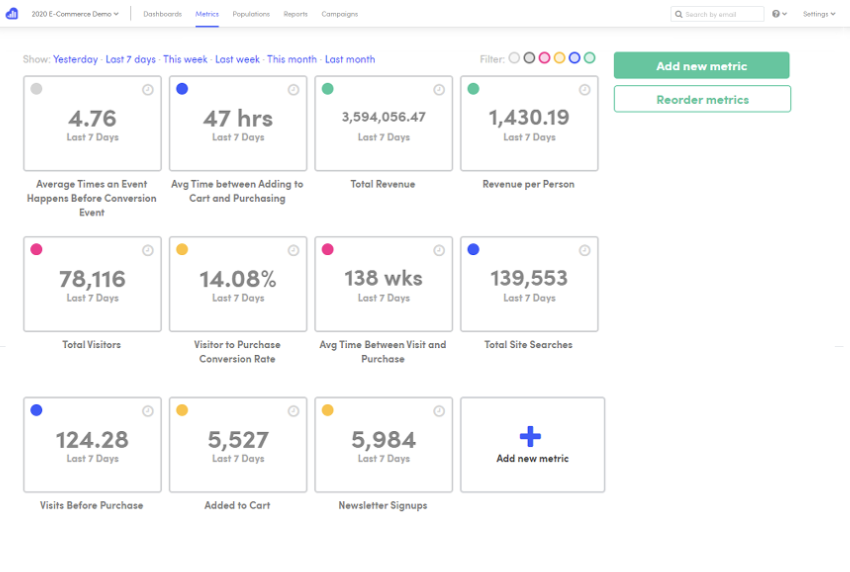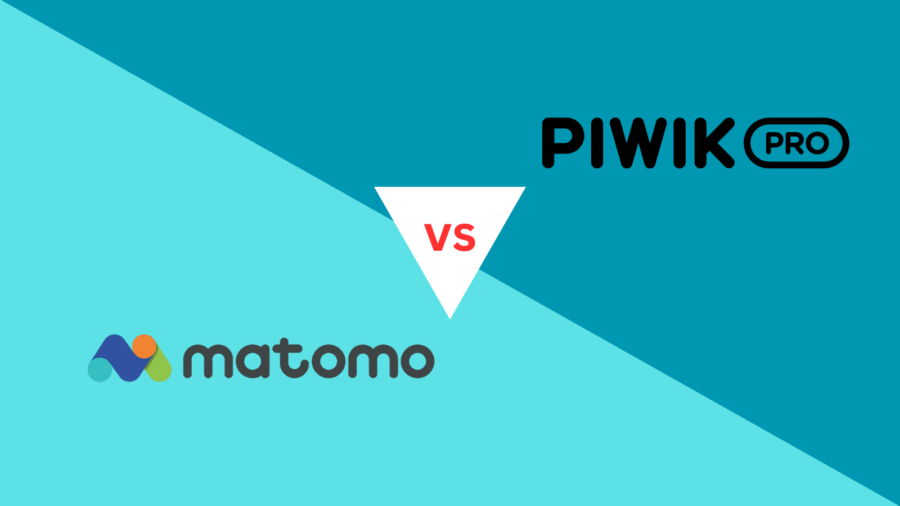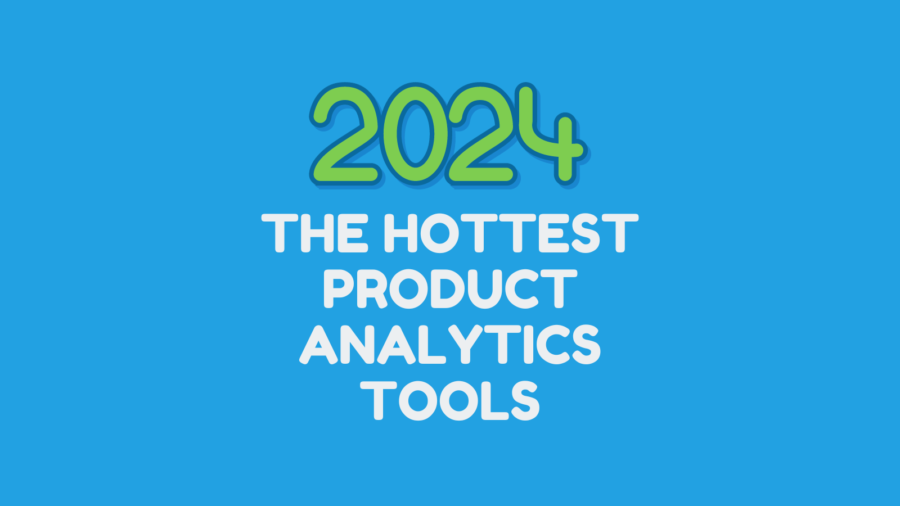Introduction
Understanding user behavior and optimizing product performance have become paramount for businesses seeking to thrive. This is where product analytics plays a crucial role, providing invaluable insights into user interactions, preferences, and pain points. Kissmetrics, a leading product analytics platform, has been at the forefront of empowering businesses with data-driven decision-making for over a decade.
History of Kissmetrics
Founded in 2008 by Neil Patel and Hiten Shah, Kissmetrics emerged as a powerful solution to address the limitations of traditional web analytics tools. The platform’s focus on individual user behavior and engagement metrics offered businesses a deeper understanding of customer journeys. Over the years, Kissmetrics has evolved into a comprehensive product analytics platform, serving as a valuable ally to marketing teams, product managers, and growth specialists.

Application 1: Conversion Funnel Analysis
Advantages
Kissmetrics excels at tracking and analyzing user behavior throughout the conversion funnel. By tracking individual users, the platform offers granular insights into each customer journey stage, from initial touchpoints to final conversions. This level of detail enables businesses to accurately identify bottlenecks, drop-offs, and conversion barriers. With this knowledge, companies can implement targeted optimizations to enhance user experiences and boost conversions.
Disadvantages
The reliance on individual user tracking may raise privacy concerns in some regions, especially with the evolving landscape of data regulations. Additionally, the in-depth focus on user-level data may lead to an overwhelming volume of information that requires efficient data management to avoid getting lost in the noise.
Application 2: Cohort Analysis
Advantages
Kissmetrics facilitates cohort analysis, allowing businesses to group users based on shared characteristics or behaviors. This functionality proves invaluable when measuring the long-term impact of product changes or marketing campaigns. Cohort analysis enables businesses to compare user behavior over time, unveiling trends and patterns that inform product iterations and customer retention strategies.
Disadvantages
Creating meaningful cohorts requires a clear understanding of user segments and their significance to the business. Without proper segmentation, cohort analysis may yield inconclusive or misleading results. Moreover, maintaining relevant and accurate cohorts can be challenging for businesses with rapidly changing user bases.
Application 3: Funnel A/B Testing
Advantages
Kissmetrics enables A/B testing across different stages of the conversion funnel. This empowers businesses to experiment with various product iterations, marketing messages, or incentives to identify the most effective strategies for driving user engagement and conversion rates. The platform’s user-level tracking ensures that A/B test results provide a comprehensive view of user interactions, allowing for data-backed decisions.
Disadvantages
While A/B testing offers valuable insights, it requires careful planning and execution to avoid biases and skewed results. Running multiple A/B tests simultaneously can lead to data overlap and potential confusion. Additionally, drawing accurate conclusions from A/B tests necessitates a sizable user base and sufficient conversions.
Application 4: Churn Analysis
Advantages
Churn analysis is critical for businesses to understand why users discontinue their engagement with a product. Kissmetrics provides the tools to delve into churn data, enabling businesses to pinpoint the root causes and identify churn patterns. Armed with these insights, companies can devise proactive churn mitigation strategies and improve customer retention efforts.
Disadvantages
Churn analysis can be complex, as users may churn for a myriad of reasons. Identifying causative factors may require qualitative research in addition to quantitative analysis. Furthermore, addressing churn requires timely intervention, and reliance on historical data alone may not always provide the real-time insights needed to prevent churn effectively.
Application 5: Customer Segmentation
Advantages
Kissmetrics allows businesses to segment their user base based on various attributes and actions. This segmentation facilitates targeted marketing campaigns, personalized experiences, and effective communication. By understanding diverse user groups, businesses can tailor their strategies to meet specific needs and preferences, fostering stronger customer relationships.
Disadvantages
Over-segmentation can lead to overly fragmented data, complicating analysis and decision-making. Businesses must strike a balance between creating meaningful segments and avoiding excessive data granularity. Additionally, segmentation should be periodically reviewed and updated to remain relevant to evolving user behaviors and business goals.
Conclusion
In conclusion, Kissmetrics remains a stalwart in the realm of product analytics, empowering businesses to make data-driven decisions and optimize user engagement. Its suite of applications, from conversion funnel analysis to customer segmentation, offers invaluable insights into user behavior and product performance. While the platform offers numerous advantages, businesses must be mindful of potential pitfalls and address data privacy concerns to make the most of Kissmetrics effectively. By leveraging the power of Kissmetrics, businesses can pave the path to sustainable growth, enhanced user experiences, and lasting success in the competitive digital landscape.
You can also check other Unleashing the Power of Product Analytics series tools.





